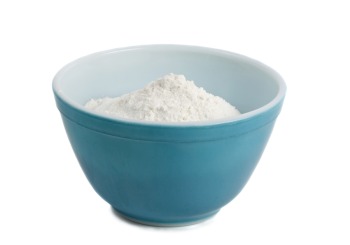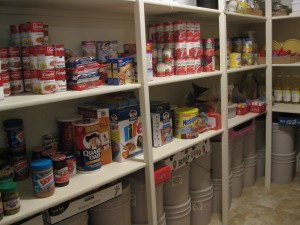You can make your own liquid fabric softener. There are several versions to choose from–most being a combination of baking soda, vinegar, and/or hair conditioner. I am no chemist, but take note of a comment about mixing baking soda and vinegar to use as a fabric softener. The commenter said that once this stuff bubbles up (yes, this is the volcano recipe from the school science fair) it chemically changes to a salt. So you end up with salty water.
Hmm.
Yet, many people insist that the combination works. Others say use baking soda alone. Or vinegar alone. Or vinegar plus hair conditioner.
Here is one common combination:
Pour a cup of baking soda into a gallon container, followed by a cup of water. Add 6 cups of vinegar (observe bubbling with amazement) and then pour in 6 more cups of water. Add 10 or so drops of essential oils if you like the smell, but be aware the vinegar scent won’t remain on your clothes, so you don’t need to worry about covering that up. Shake before each use–a cup or so per load.
If you use hair conditioner, for goodness sake, buy a big jug of something cheap–something that smells good. Your clothes will not judge you for not using salon conditioner.
Vinegar also will remove soap residue from clothes, so you’ll not only get softening, but brightening as well, as the dinge of soap is removed.
Is “dinge” a word?
And, if you still notice static cling, try crumpling up a piece of aluminum foil and throwing it in the dryer. Really.
Lastly, remember that Grandma would say, goodness, just hang things on the line. Nothing beats the luxury of line-dried, sun-scented sheets





















